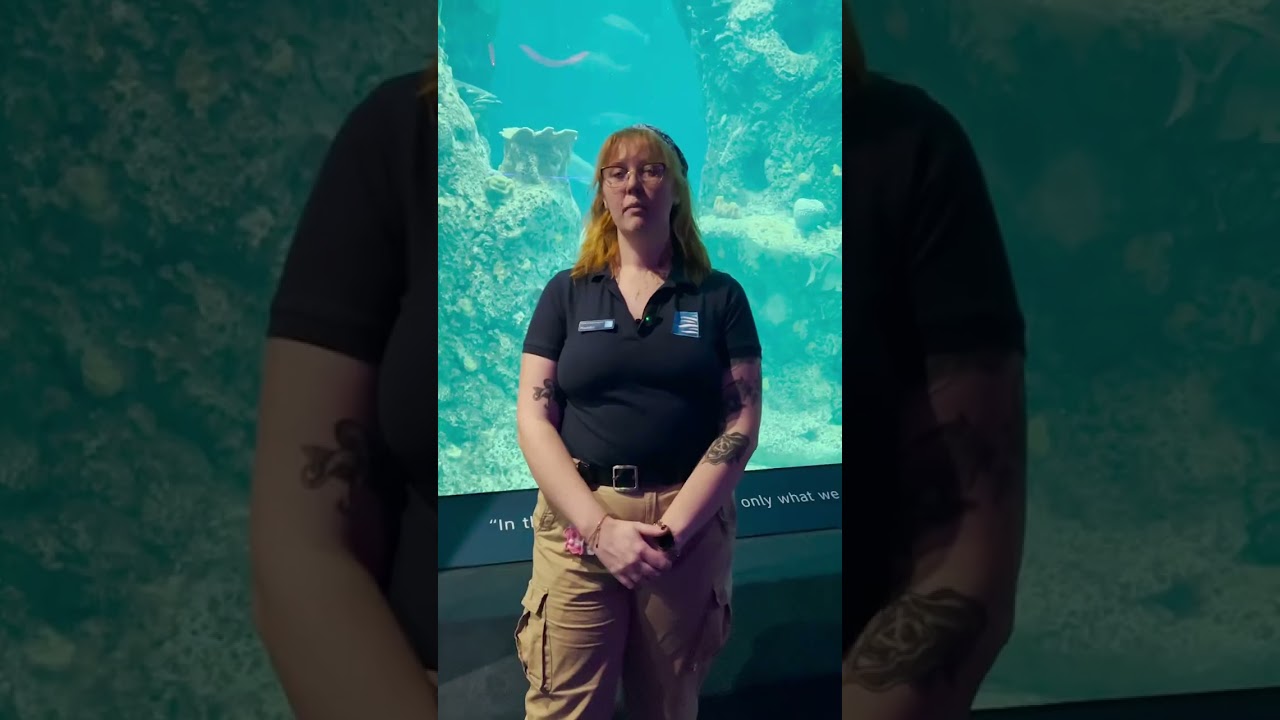- The biological and ecological characteristics of pufferfish that captivate scientists and hobbyists alike.
- The unique defense mechanisms pufferfish employ, focusing on their inflation ability and tetrodotoxin production.
- Conservation challenges facing pufferfish populations and efforts to preserve their natural habitats.
- The role of pufferfish in aquaria and zoo management practices, including care requirements and educational value.
- Perspectives on pufferfish in popular culture and their influence on public perception and conservation awareness.
Pufferfish, known scientifically as members of the Tetraodontidae family, are fascinating creatures that intrigue both scientists and enthusiasts. This group of approximately 200 species inhabits warm, shallow waters in the Atlantic, Pacific, and Indian Oceans. Their vivid colors and peculiar behaviors have contributed to their popularity in diverse fields such as marine biology and aquaculture. Despite their charming appearance, these fish are armed with robust survival strategies and biological peculiarities.
Biologically, pufferfish are closely related to other fish such as porcupinefish, triggerfish, and filefish. Most species have streamlined bodies and exhibit varying degrees of color and pattern, serving as camouflage against predators. Anatomically, pufferfish exhibit a unique set of adaptations, including a lack of ribs and pelvic fins, which allows them to inflate when threatened. The inflation ability is facilitated by the fish’s ability to ingest large amounts of water or air, expanding their bodies to several times their normal size. This transformation not only deters potential predators but also makes the pufferfish a challenging prey to swallow.
Another remarkable feature of pufferfish is their production of tetrodotoxin, a potent neurotoxin. Found in the skin, liver, and ovaries, tetrodotoxin is one of the most lethal substances known, significantly more poisonous than cyanide. Pufferfish do not synthesize this toxin directly; instead, they accumulate it through a specialized diet of marine organisms, such as certain bacteria, algae, and invertebrates, that produce tetrodotoxin. This adaptation makes pufferfish unpalatable and highly toxic, with only certain predators immune to their venomous effects.
The conservation of pufferfish faces significant challenges, primarily due to habitat destruction, pollution, and overfishing. Coastal developments and human activities are encroaching on pufferfish habitats, leading to population declines. Furthermore, the demand for pufferfish in culinary markets, notably in Japan where it is known as ‘fugu’, contributes to fishing pressure. The preparation of fugu is tightly regulated due to its toxic nature, requiring specialized chefs who are trained to remove the toxin-bearing organs meticulously.
Efforts to conserve pufferfish require habitat preservation and sustainable fishing practices. Marine protected areas and regulations on coastal developments can help maintain the ecological balance necessary for pufferfish survival. In addition, responsibly managed aquaculture programs can alleviate pressure on wild populations by providing a sustainable source for commercial demand.
In the realm of zoo management and aquarium settings, pufferfish serve both as educational ambassadors and exhibits due to their distinctive behaviors and biology. Successful management of these fish requires comprehensive knowledge of their habitat needs, diet, and social behaviors. Although pufferfish are relatively hardy, they demand aquariums with ample space and hiding spots because of their territorial nature. Moreover, a diet reflecting their natural feeding habits is paramount, often consisting of mollusks and crustaceans for their teeth maintenance.
The depiction of pufferfish in popular culture has also played a role in shaping public perception and conservation awareness. They are often featured in documentaries, animated films, and educational programs, reflecting their allure and ecological significance. This widespread representation aids in fostering an understanding of marine biodiversity, encouraging conservation efforts worldwide.
In conclusion, pufferfish stand as extraordinary species that capture the imagination with their biological and ecological adaptations. As focus continues on marine conservation, understanding and protecting pufferfish and their environments is essential for maintaining the biodiversity and health of our oceans. This article has aimed to illuminate the impressive facets of pufferfish, highlighting the importance of their conservation both in the wild and in human-managed environments. From their formidable defense mechanisms to their role in underwater ecosystems, pufferfish illustrate the intricate balance of survival and sustainability in the natural world.
*****
Source Description
#aquarium #scaquarium #sc #chs #charlestonsc #puffer #pufferfish #porcupinefish #fish #fishspecies #aquariumtour


